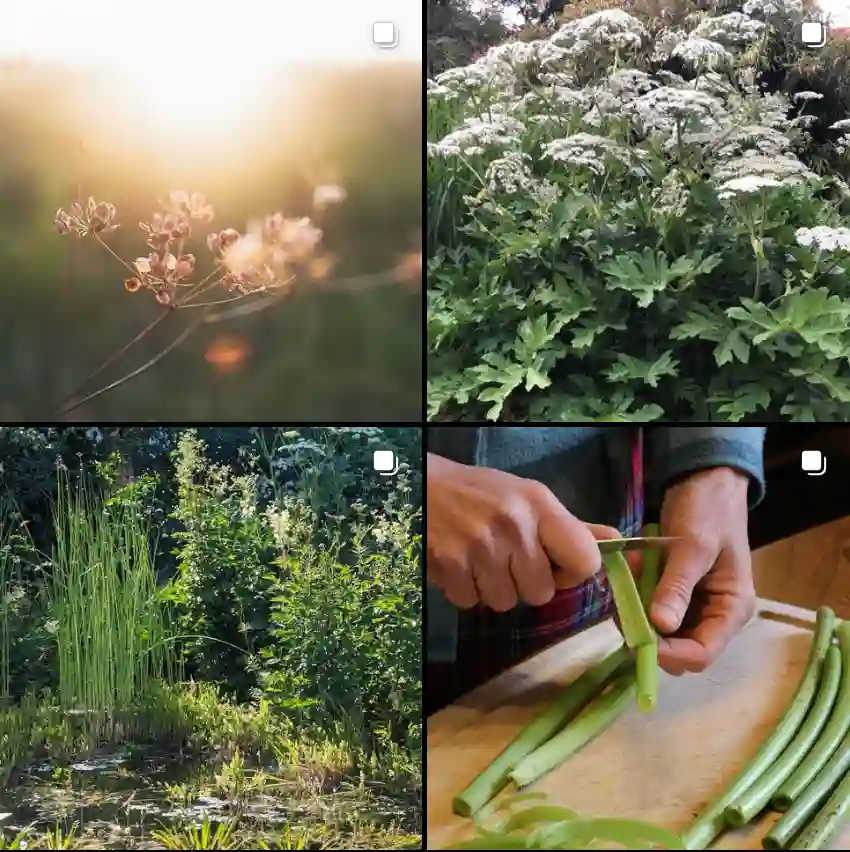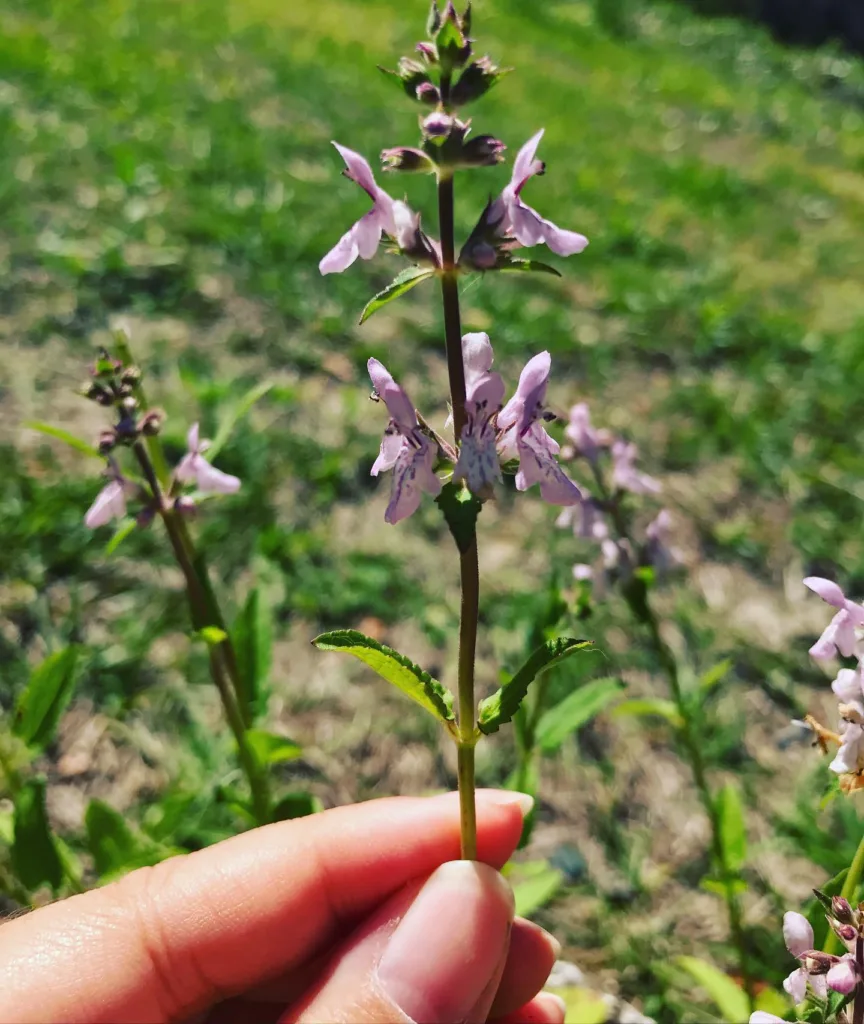FAQs About Tetraneuris Scaposa
As a passionate gardener, I often get questions about Tetraneuris Scaposa, a plant I’ve come to appreciate for its unique qualities. This native North American perennial, often known as Four-nerve Daisy or Four-nerve Bur Marigold, is a resilient and charming addition to any garden. Let me address some common FAQs about this fantastic plant.
What Is Tetraneuris Scaposa?
Tetraneuris Scaposa is a perennial herb native to the southwestern United States. It’s known for its vibrant yellow flowers and distinctive four-nerve stems, which give it its name. This plant belongs to the Asteraceae family and is well-regarded for its drought tolerance and low maintenance needs.
Plant Family: 1720 Genera in Asteraceae
How to Care for Tetraneuris Scaposa?
Caring for Tetraneuris Scaposa is relatively straightforward, making it an excellent choice for both novice and experienced gardeners.
1. Sunlight Requirements: Tetraneuris Scaposa thrives in full sun. Aim to provide it with at least six hours of direct sunlight each day. It’s particularly well-suited for hot, sunny locations.
2. Soil Needs: This plant prefers well-drained soil. Sandy or loamy soil is ideal, but it can tolerate a variety of soil types as long as they drain well. Avoid heavy clay soils that retain too much moisture.
3. Watering: Once established, Tetraneuris Scaposa is quite drought-tolerant. However, regular watering during dry spells can help keep it looking its best. Allow the soil to dry out between waterings to prevent root rot.
4. Fertilization: Tetraneuris Scaposa doesn’t require heavy feeding. A light application of a balanced fertilizer in early spring is usually sufficient. Over-fertilizing can lead to excessive foliage growth at the expense of blooms.
5. Pruning: Deadheading spent flowers will encourage continuous blooming. In late fall or early spring, you can cut back the plant to maintain a tidy appearance and promote new growth.
How to Propagate Tetraneuris Scaposa?
Propagating Tetraneuris Scaposa can be done through seeds or division. Here’s a quick guide for each method:
1. Seeds: Collect seeds from mature flowers in late summer. Sow them in well-drained soil, either directly in the garden or in seed trays. Keep the soil moist until germination, which usually occurs within 1-2 weeks. Transplant seedlings to their permanent location once they are large enough to handle.
2. Division: In spring or fall, you can divide established clumps to propagate new plants. Gently dig up the plant, separate the root ball into sections, and replant each section. This method helps rejuvenate older plants and provides new ones for your garden.
What to Plant With Tetraneuris Scaposa?
Tetraneuris Scaposa pairs beautifully with a variety of other plants. Consider these companions for a stunning garden display:
1. Echinacea (Coneflower): The bright yellow flowers of Tetraneuris Scaposa complement the vibrant hues of Echinacea, creating a lively and colorful garden bed.
2. Liatris (Blazing Star): The tall spikes of Liatris provide a striking contrast to the low-growing Tetraneuris Scaposa, adding vertical interest to your garden.
3. Gaillardia (Blanket Flower): The fiery colors of Gaillardia harmonize with the sunny yellow of Tetraneuris Scaposa, enhancing the overall warmth of the garden.
How to Use Tetraneuris Scaposa?
Tetraneuris Scaposa is versatile and can be used in various ways:
1. Garden Beds: Its vibrant flowers make it an excellent choice for adding color to garden beds. It works well in both formal and informal garden designs.
2. Wildlife Gardens: The plant attracts pollinators like bees and butterflies, making it a valuable addition to wildlife-friendly gardens.
3. Ground Cover: With its spreading habit, Tetraneuris Scaposa can serve as an effective ground cover, helping to suppress weeds and prevent soil erosion.
Is Tetraneuris Scaposa Toxic?
Tetraneuris Scaposa is not known to be toxic to humans or pets. It’s a safe choice for gardens where children or animals may play. However, as with any plant, it’s always a good idea to monitor pets and children to ensure they do not ingest large quantities of plant material.
Additional Tips for Growing Tetraneuris Scaposa
1. Mulching: Applying a layer of mulch around the plant can help retain soil moisture and suppress weeds. Just make sure to keep mulch away from the plant’s base to prevent rot.
2. Pest and Disease Control: Tetraneuris Scaposa is generally resistant to pests and diseases. However, keep an eye out for common garden pests like aphids and spider mites. Regular monitoring and prompt action can prevent serious issues.
In conclusion, Tetraneuris Scaposa is a delightful and resilient plant that can brighten up any garden with its cheerful yellow blooms. Its low maintenance requirements make it an ideal choice for a wide range of garden settings. By following these care tips and propagation methods, you can enjoy the beauty and benefits of this remarkable plant for years to come.
If i die, water my plants!



